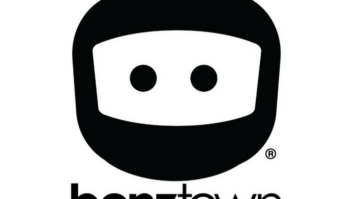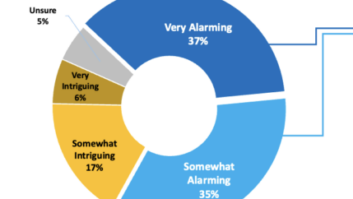Listener-customized webcasting
Apr 1, 2002 12:00 PM, By Kevin Nos�
Internet-audio streaming is evolving disparately from the traditional radio broadcast model as computer-domain opportunities increase. Allowing the end user to interact with the content of an online experience is one such opportunity, and this interaction is definitely making its mark in webcasting.
Browsing websites has always been interactive to some degree. Following links from page to page requires user input. However, it isn’t until the user can send more information that content-based interaction becomes possible. A good example of this would be with a search engine.
Figure 1. Customizable webcast among various streams.

Online services such as banking, shopping or gaming have even more interaction. These services require the ability to uniquely identify each remote user in a way that lasts between online sessions, unlike the generic search engine example. Preferences that influence how the service operates can now be set once and remembered indefinitely. From the user’s perspective, the Internet experience becomes customized at the cost of anonymity.
Looking specifically at streaming audio services, Figure 1 shows one possible arrangement. The player application or Web browser becomes associated with aspecific user at the start of a session with a unique user ID. From there, the player is automatically configured and connected to the appropriate audio server. The user listens to one of any number of preselected favorite streams, while the webcasting system uses the information and user feedback paths to provide additional non-audio content to, or acquire feedback from, the listener. It is important to note that the blocks of the webcasting system represent functionality, and that real-world implementations may use any number of computers or other dedicated hardware to create the full system. Spinner and Live365 use this approach.
The webcasting system in Figure 2 uses a slightly different arrangement. The listener has a feedback path that extends all the way back to the scheduler logic, which is able to generate and update a unique playlist for that listener. Again, it is important here that the webcasting system has a user database because each listener’s profile must also include scheduler-related preferences in addition to operational preferences. Unlike Figure 1, the audio server here will be generating a unique webcast for each listener in an almost on-demand capacity. One company implementing this method is RCS.
Figure 2. Customizable webcast within a single stream.

In either system it is important to acquire the proper licensing permissions and pay the appropriate royalty fees to the copyright owners for any program material that is webcast. Currently, a statutory license exists under the Digital Millennium Copyright Act (DMCA) to cover webcasting systems, although it provides a number of constraints that a listener-customizable service could easily violate. The constraint of most interest here is that once the content of an audio stream becomes interactive (as in Figure 2) the DMCA license would no longer apply. It would be up to the webcasting service to acquire individual license agreements from each copyright holder (the record companies).
Nos� is president of NeoSonic Industries, Cleveland.












